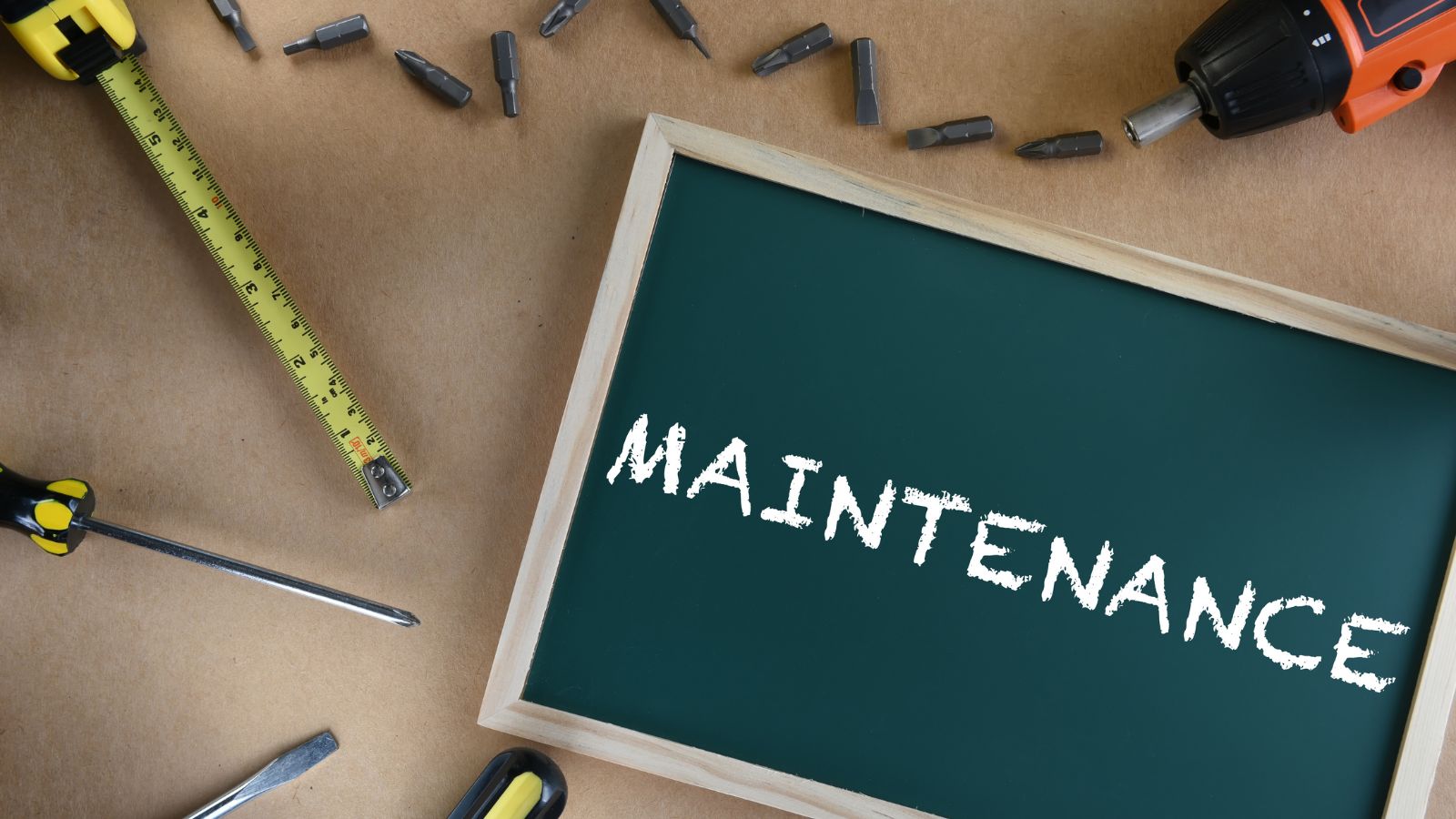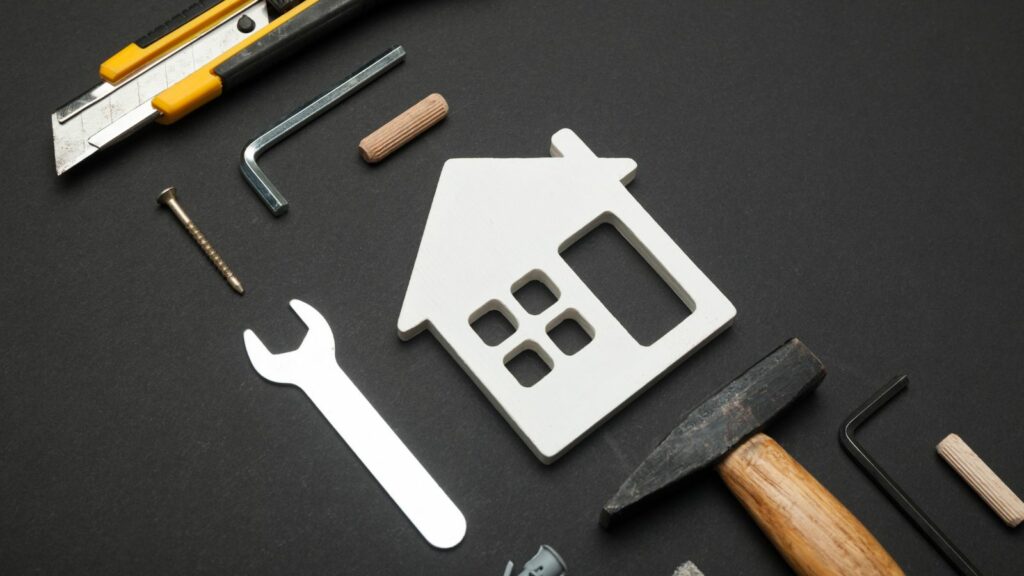You patch it, seal it, paint it—only to find a new crack forming a few months later. If you’ve tried fixing your garage floor more than once but the damage keeps reappearing, you’re not alone. Cracks in garage flooring are one of the most frustrating and recurring home maintenance issues, especially in spaces that see heavy use and temperature swings.
Some homeowners turn to stronger coatings like polyurethane floor paints, thinking that a tougher surface layer will solve the problem once and for all. And while that can help, it’s not always the full solution. The truth is, these recurring cracks are often symptoms—not the root cause.
Understanding why these issues keep coming back is the first step to making your repairs actually last.
The Problem Usually Starts Below the Surface
Garage floors aren’t just concrete slabs. Beneath them are layers of compacted soil or gravel, which shift over time. If these sub-layers weren’t properly prepared during installation—or if they’ve settled unevenly since—your floor is more prone to movement and stress fractures.
Moisture is another common culprit. Water can seep into cracks, expand during freezing weather, or even come from below via rising groundwater. Over time, this leads to deterioration from the inside out.
So, while your floor may look solid, it could be fighting battles you can’t see.
Heavy Loads Can Speed Up the Damage
Garages are often multipurpose spaces. Cars, storage shelves, power tools, and even home gyms all put pressure on the floor. Over time, heavy concentrated loads (like tyre pressure from a parked car or weight racks sitting in one place) can compress or stress one area more than others. Combine that with subtle ground shifts and you’ve got a recipe for cracking.
If your garage is also a workspace, the vibration from power tools and machinery can add even more wear and tear.
Temperature Swings Cause Expansion and Contraction
Whether you live somewhere with harsh winters or just experience the occasional heatwave, your garage floor is constantly reacting to temperature changes. Concrete expands when it’s hot and contracts when it’s cold. This constant cycle of movement creates tension—and eventually, the material gives in.
Most builders account for this by adding expansion joints. But if those joints are missing, poorly placed, or filled incorrectly, the pressure has nowhere to go—and that’s when cracks form.
What You Can Do Differently
Knowing the underlying causes means you can approach repairs in a smarter way. Here are a few proven tactics to help prevent your garage floor from cracking (again):
1. Start with a Proper Inspection
Before making cosmetic fixes, assess the full situation. Look for signs of moisture problems, uneven settling, or load stress. If possible, have a professional check the integrity of the slab and what’s going on beneath it. A short-term patch won’t hold up if the problem is structural.
2. Use the Right Fillers and Coatings
Not all concrete fillers are created equal. For larger or deeper cracks, opt for a flexible filler that can expand and contract without breaking down. Once that’s done, applying a high-performance surface coat can add another layer of protection. This is where materials like polyurethane-based coatings come in handy—they’re more resistant to temperature, chemicals, and abrasion than standard options.

3. Add Proper Drainage (If Needed)
Water pooling around your garage or seeping up from below can weaken concrete over time. Make sure you have adequate drainage outside the garage, and consider using a moisture barrier or dehumidifier inside if needed.
4. Don’t Skip the Expansion Joints
If your garage floor doesn’t have clear expansion joints—or they’ve been patched over in the past—get them assessed. These joints help control where the cracks happen, guiding them to predetermined lines instead of letting them appear randomly across the floor.
When It’s Time to Call in the Pros
You can DIY small fixes, but if cracks keep returning even after multiple repairs, it’s worth consulting with a concrete specialist. They’ll help identify whether your slab needs reinforcement, releveling, or even partial replacement.
Some contractors also offer core testing or ground-penetrating radar to detect deeper structural issues, which can help you make informed decisions about repair versus replacement.
Future-Proofing Your Garage Floor
Once your floor is repaired properly, keep it protected with these simple habits:
- Avoid parking heavy vehicles in the exact same spot every time
- Use rubber mats or floor tiles under equipment to reduce pressure points
- Rinse off salt, oil, or chemicals promptly to prevent surface degradation
- Reseal the surface every few years to maintain durability
These small steps extend the life of your floor—and keep those annoying cracks from reappearing.
A cracked garage floor doesn’t mean you did something wrong—it usually means there’s something more going on under the surface. By understanding the hidden causes and choosing the right materials and maintenance plan, you can finally fix the problem for good—no matter how many times it’s shown up before.
